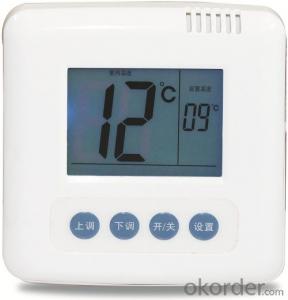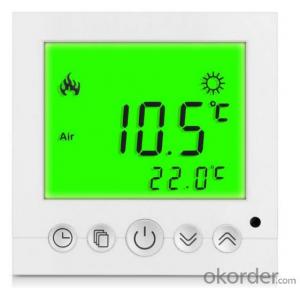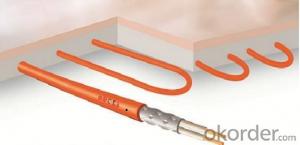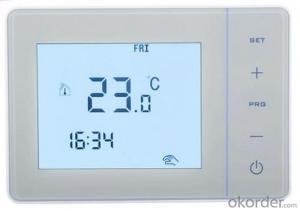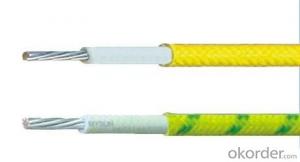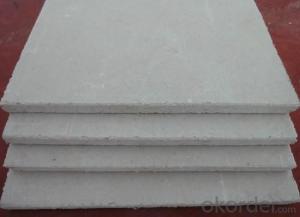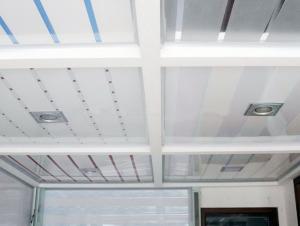Mppt Inverter For Solar System
Mppt Inverter For Solar System Related Searches
Primer For Galvanized Steel H S Code For Stainless Steel Wd 40 For Stainless Steel Spray Paint For Stainless Steel Glue For Stainless Steel Step Bit For Stainless Steel Magnets For Stainless Steel Caulking For Stainless Steel Steel Vessels For Kitchen Best Solar Inverter For HomeHot Searches
Steel Mesh Panels For Sale Price For Stainless Steel Scrap Scrap Price For Stainless Steel Price For Stainless Steel Stainless Steel Plate For Sale Stainless Steel Tank For Sale Stainless Steel Sheets For Sale Cheap High Tea Sets For Sale Stainless Steel Tanks For Sale Stainless Steel For Sale High Density Fiberboard For Sale Solar Hot Water Collectors For Sale Scaffolding For Sale In Uae Scaffolding For Sale In Ireland Scaffolding For Sale In Houston Type Of Inverter For Solar Price Of Shipping Containers For Sale Types Of Inverter For Solar Stock Price For Aluminum Steel Mesh Panels For SaleMppt Inverter For Solar System Supplier & Manufacturer from China
Okorder.com is a professional Mppt Inverter For Solar System supplier & manufacturer, offers integrated one-stop services including real-time quoting and online cargo tracking. We are funded by CNBM Group, a Fortune 500 enterprise and the largest Mppt Inverter For Solar System firm in China.Hot Products
FAQ
- Different types of solar PV systems, such as roof-mounted, ground-mounted, and other variations, can utilize a solar inverter. The primary function of a solar inverter is to convert the direct current (DC) electricity produced by solar panels into alternating current (AC) electricity. This converted electricity can be used to power appliances and can also be fed into the electrical grid. The conversion process remains consistent regardless of the type of PV system being used. However, it's crucial to consider that the solar inverter's requirements and specifications may differ depending on the type of PV system. Different PV systems may have varying voltage and power outputs, which may necessitate specific inverter models capable of handling these requirements. For instance, ground-mounted solar systems may have larger arrays and higher power outputs than roof-mounted systems, requiring a different type of inverter. Hence, while a solar inverter can generally be used with various types of solar PV systems, it is essential to select an inverter that is compatible with the specific system's voltage, power output, and other technical specifications. It is always advisable to consult with a professional solar installer or technician to ensure the appropriate selection and installation of the solar inverter for your particular PV system.
- The role of a solar inverter in a grid-tied system is to convert the direct current (DC) electricity generated by the solar panels into alternating current (AC) electricity that can be used to power electrical appliances and be fed back into the utility grid. It also ensures the synchronization of the solar system with the grid and regulates the voltage and frequency of the electricity being produced.
- Yes, a solar inverter can be used in a building-integrated photovoltaic system. The solar inverter is an essential component that converts the DC (direct current) electricity produced by the photovoltaic panels into AC (alternating current) electricity that can be used to power electrical devices and appliances in a building. Therefore, it plays a crucial role in ensuring the seamless integration of solar energy into the building's electrical system.
- The role of a display or user interface in a solar inverter is to provide real-time information and control capabilities to the user. It allows the user to monitor the performance of the solar inverter, such as the amount of power being generated, the voltage and current levels, and any error or warning messages. The display also enables the user to adjust various settings and parameters of the inverter, such as the operating mode, output voltage, or charging profiles. In essence, the display or user interface acts as a communication tool between the user and the solar inverter, facilitating efficient operation, monitoring, and troubleshooting.
- To size a solar inverter for a solar power system, you need to consider the maximum power output of the solar panels and the total load you want to power. The inverter's capacity should be equal to or greater than the total power output of the solar panels to ensure efficient energy conversion. Additionally, you should also consider the voltage and current requirements of the load to ensure compatibility with the inverter. It is recommended to consult with a professional or use online sizing tools to accurately determine the appropriate inverter size for your specific solar power system.
- The advantages of using a solar inverter with battery storage include the ability to store excess solar energy generated during the day for use during the night or during periods of low solar generation. This allows for increased self-consumption of solar energy, reducing dependence on the grid and lowering electricity bills. Additionally, solar inverters with battery storage provide backup power during grid outages, ensuring a continuous power supply. They also offer flexibility in managing energy usage, allowing homeowners to optimize their energy consumption patterns and potentially earn additional revenue through participation in grid services or time-of-use tariffs. Overall, the integration of battery storage with solar inverters enhances energy independence, resilience, and cost savings.
- A solar inverter protects against voltage fluctuations by continuously monitoring and regulating the electrical output from the solar panels. It adjusts the voltage and frequency of the direct current (DC) generated by the panels to match the utility grid's alternating current (AC) voltage requirements, ensuring a stable and consistent power supply. Additionally, solar inverters have built-in protection mechanisms such as surge suppression and overvoltage/undervoltage detection, which safeguard the system from voltage spikes or drops, preventing any potential damage to the solar panels or electrical devices.
- Yes, a solar inverter can be used with building-integrated photovoltaic systems. Building-integrated photovoltaic systems are designed to seamlessly integrate solar panels into the building's architecture, and a solar inverter is an essential component that converts the DC power generated by the solar panels into AC power for use in the building's electrical system.

